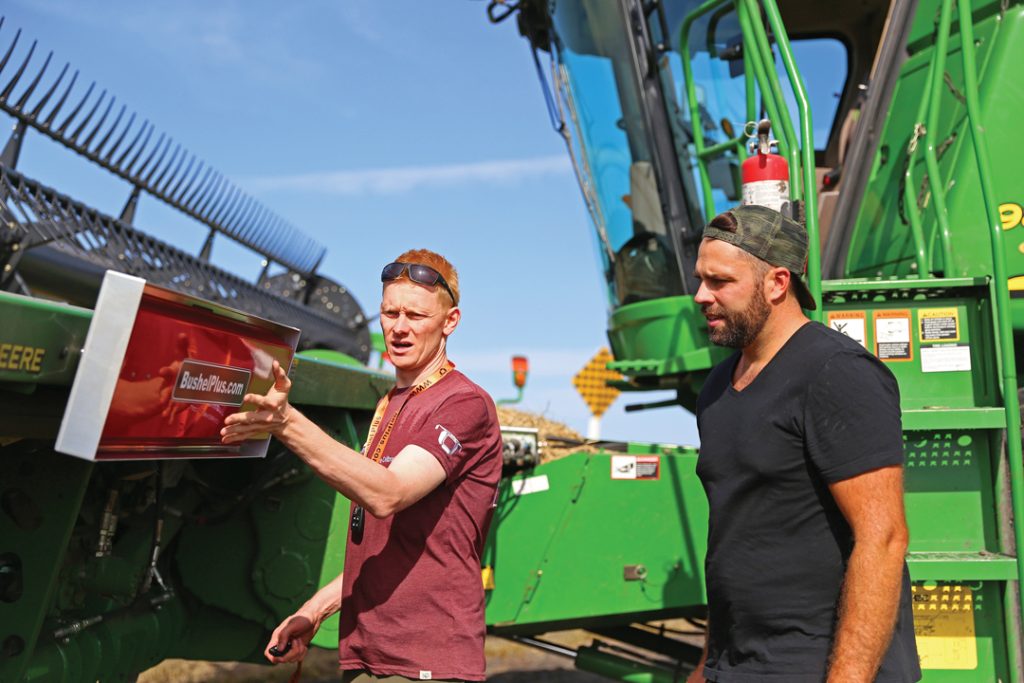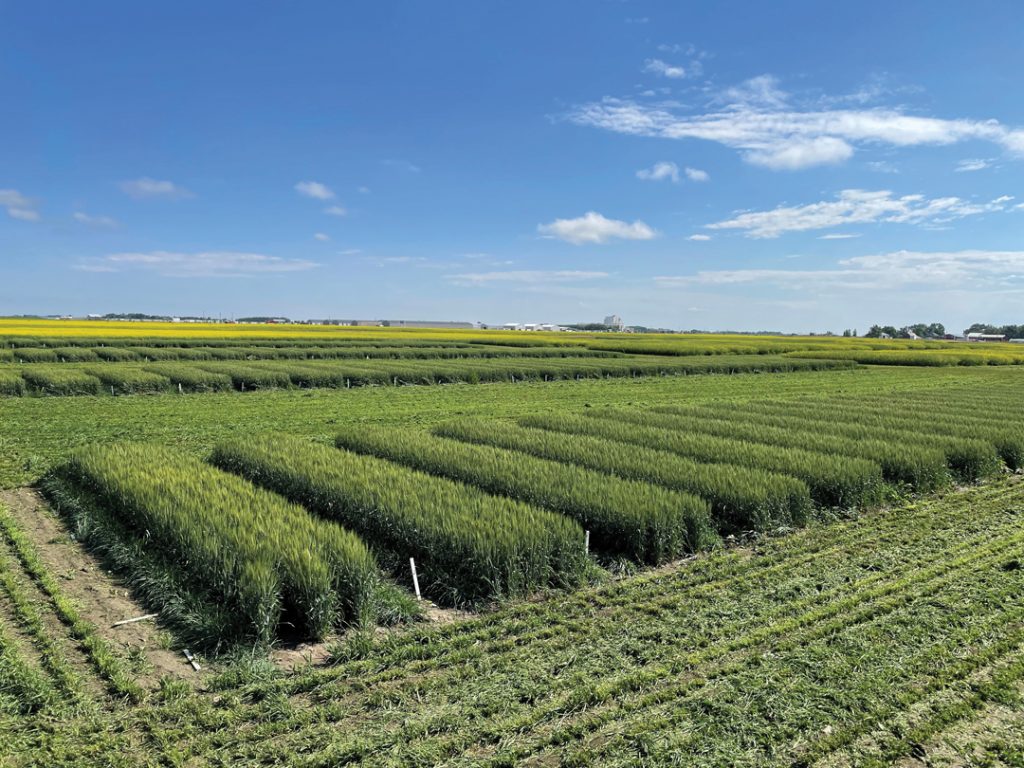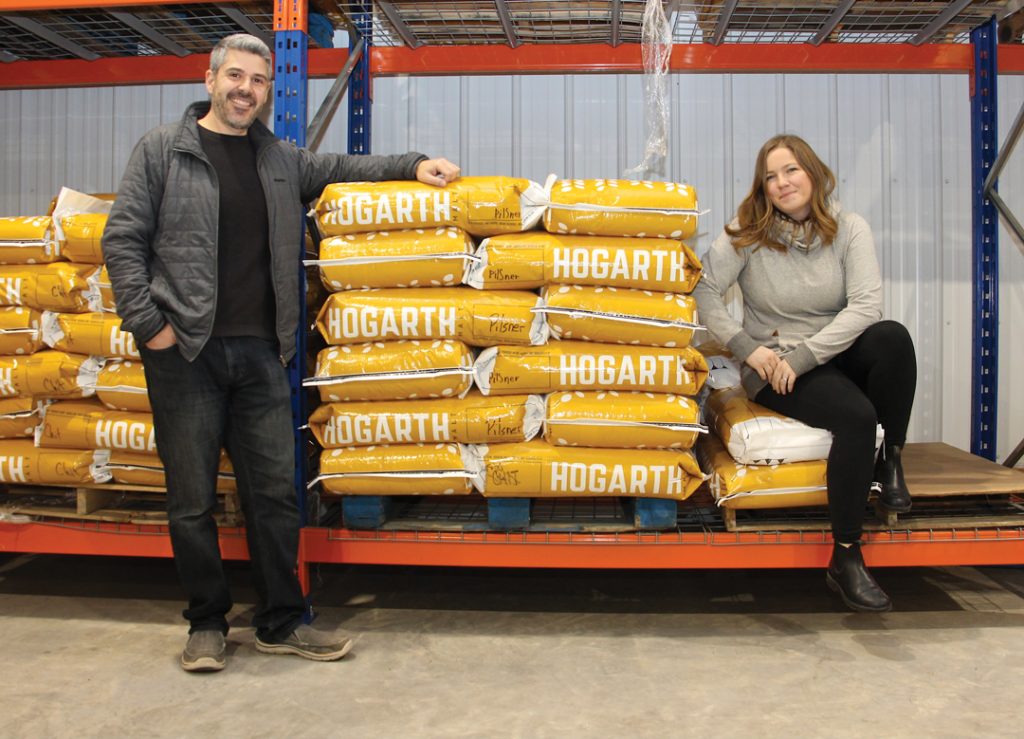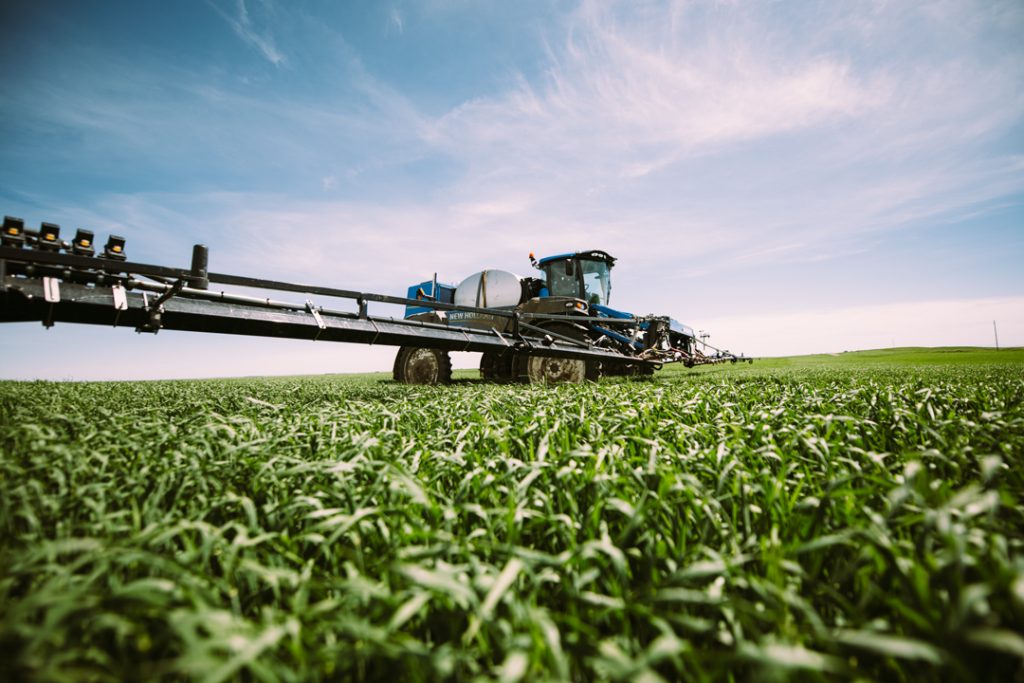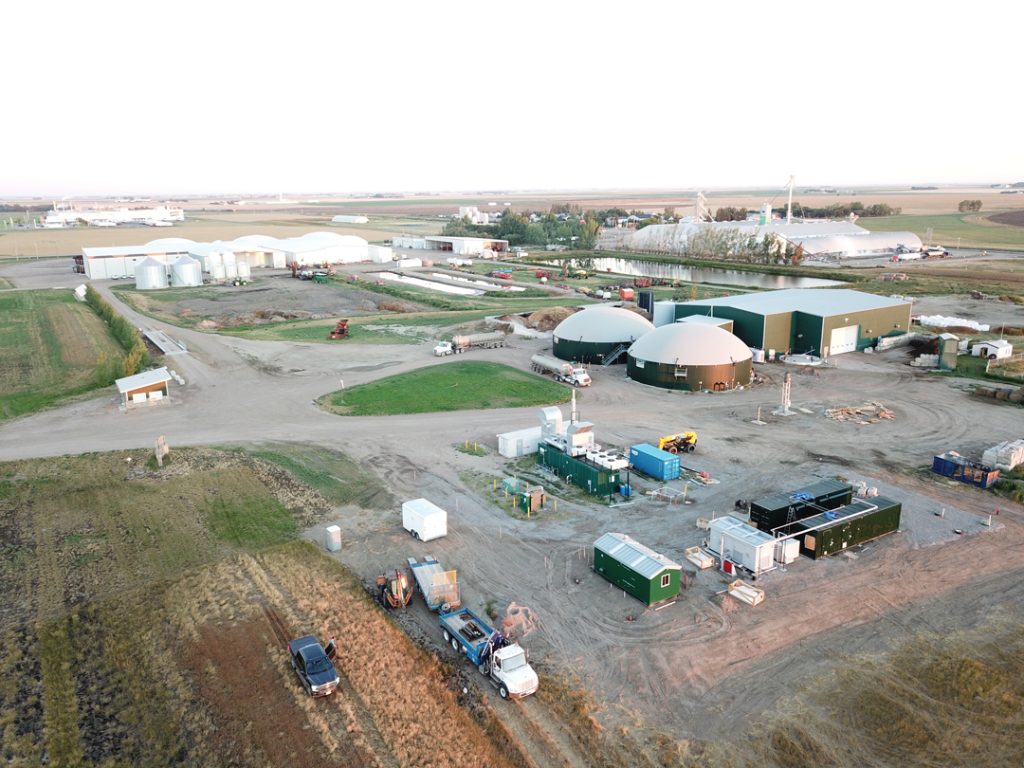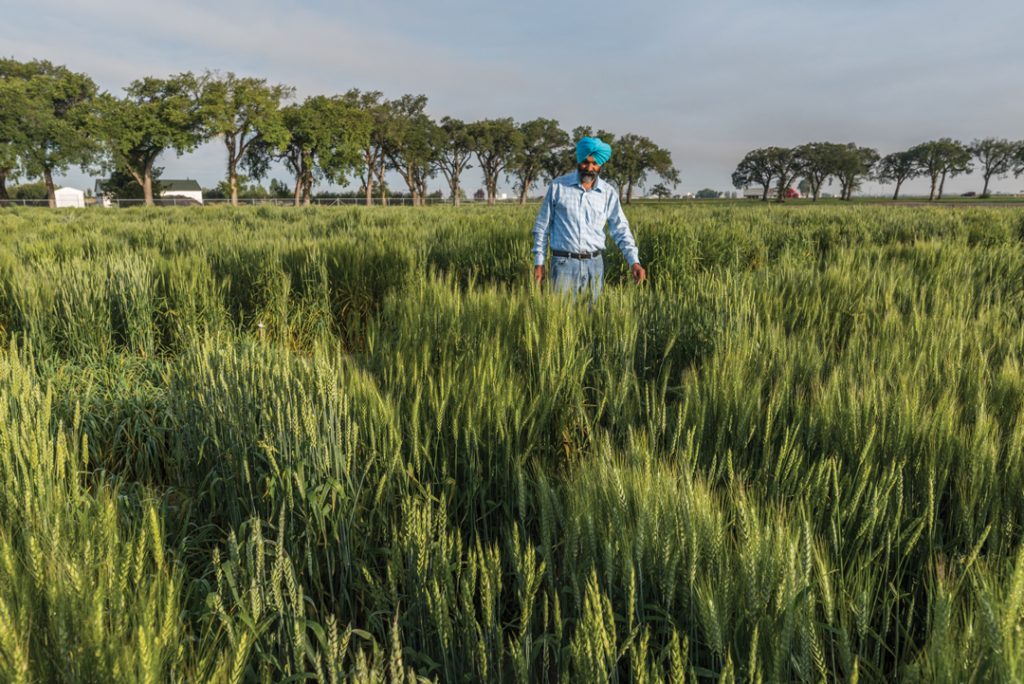HARVEST HELPERS
Given the escalating cost of production, it’s more important than ever for farmers to maximize productivity. Farm equipment developers and manufacturers are keenly aware of this fact. Their goal is to make harvest simpler, more efficient and less stressful from field to bin.





